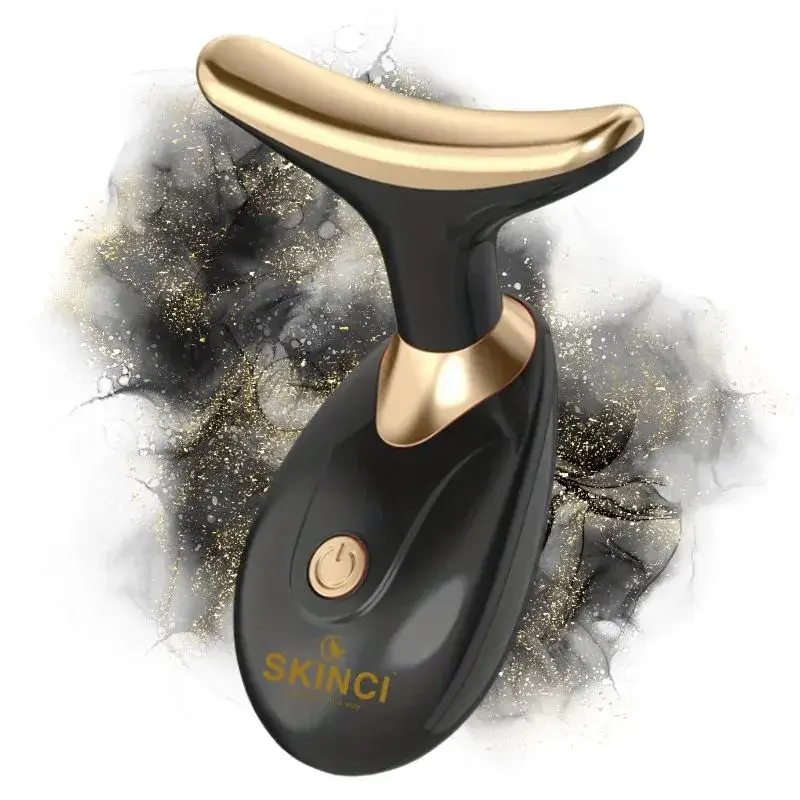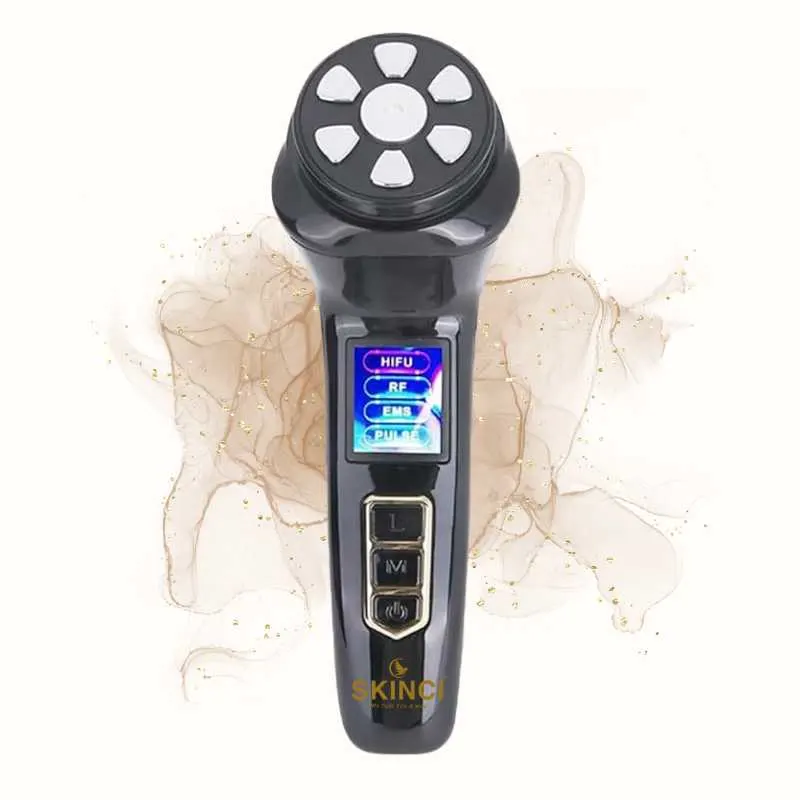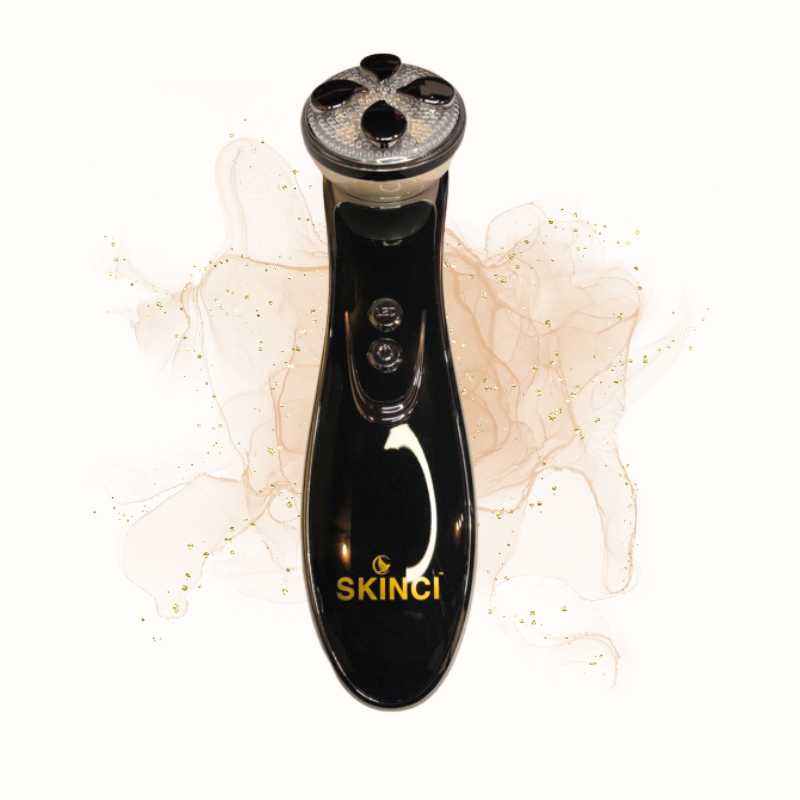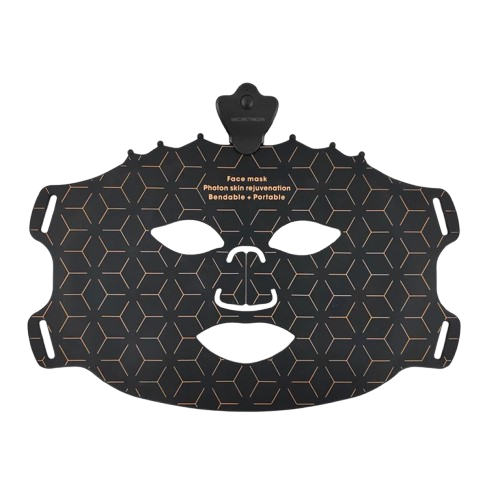Blog
acne and acne scars and pits
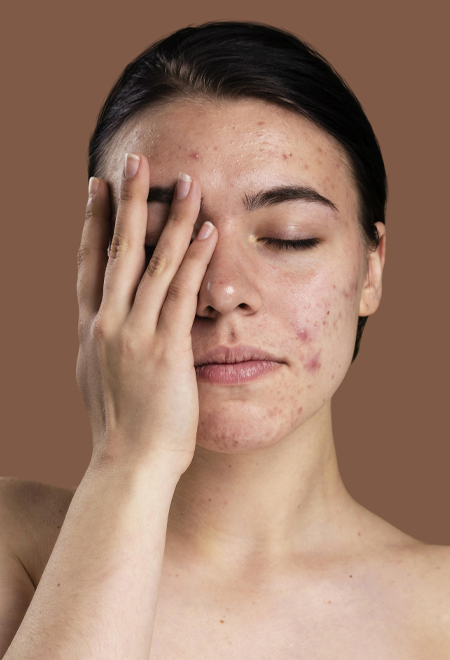
What causes acne?
An acne lesion (pimple) grows when bacteria, oils and dead skin fill up and inflame pores, the tiny openings in your skin through which oil and sweat rise to the surface. Some 40,000 cells fall off your skin every hour but, sometimes, those dead cells clog up a pore. Sometimes clogged pores are small and result in “whiteheads or blackheads.” Sometimes these pores become inflamed and lead to other types of acne.
If you have acne, you’re not alone! Acne is the most common skin condition in the world. About 80% of people between the ages of 11 and 30 will have it. Teenagers get acne thanks to their changing hormones. Adults have stress, the environment, menstrual cycles, oil-based products and birth control pills to blame, although hormones can still play a role.
What are the types of acne and what do they look like?
Acne presents as many different forms. Whiteheads and blackheads are typical and tend to heal smoothly more often than not. Then there are the types that can lead to scarring:
-
- Papules: Pink to red bumps that hurt when you touch them.
-
- Pustules: Pus-filled lesions. They’re red at the base and white or yellow at the top.
-
- Nodules: Solid lesions. They’re larger than papules and pustules and can hurt more because they extend deeper into the skin.
-
- Cysts: Cysts lie deep within the skin. They’re painful, full of pus and are most likely to scar.
How does acne cause scars?
Your skin is your largest organ. It has three main layers. They are, starting with the outermost, the epidermis, the dermis and the hypodermis. The layers protect your fragile insides from the elements, from UV rays and bacteria, and they also help produce vitamin D thanks to sunlight. Any area with sebaceous glands is prone to acne — especially the face, back and chest.
Acne scars are the result of inflammation of acne blemishes. The acne pore swells and a breakdown occurs in the wall of the pore. Some acne blemishes are small and the scars created are shallow and heal quickly. Sometimes the contents of blemishes spill into the surrounding tissue and cause deeper scars. The skin’s response is to repair the scar by forming new collagen fibers.
Acne scars take on two main forms: either a scar develops when there is a loss of tissue, resulting in an indentation in the surface of the skin; or, a scar develops that is raised on the surface of the skin. This type of acne scar, in fact, is a sign that your skin is doing its job — but, perhaps, too well. Your skin creates collagen (“repair tissue”) to help heal the wound — the acne — but, if it makes too much collagen, raised scars form.
Keep in mind that just because you have acne, that doesn’t mean you’ll get scars. And if you do (one in five people with acne will also have scarring), the good news is that not all acne scars are permanent! Treatments are available. Some treatments nearly remove the scars while others help the skin heal itself with its own collagen.
What are the types of acne scars and what do they look like?
If you have acne scarring, you’re likely to have more than one of the following types. Rarely does someone have just boxcar scars, or just keloid scars, etc. Each of these can be treated with varying degrees of success.
Atrophic or Depressed Scarring:
-
- Ice pick: look like An ice pick tool has a wide shaft that narrows down to the tip. This type of acne scar resembles the tool in that it’s a hole that’s wide at the top and narrows to a point as it goes deeper into the skin. Such an indentation is common and also one of the most challenging scars to heal. You’ll find them on your forehead and upper cheeks, where your skin is thinner.
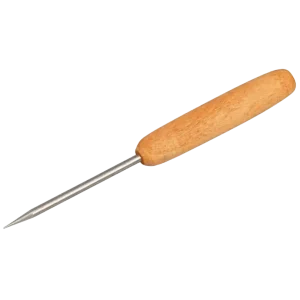
- Ice pick: look like An ice pick tool has a wide shaft that narrows down to the tip. This type of acne scar resembles the tool in that it’s a hole that’s wide at the top and narrows to a point as it goes deeper into the skin. Such an indentation is common and also one of the most challenging scars to heal. You’ll find them on your forehead and upper cheeks, where your skin is thinner.
-
- Rolling: These scars are typically found on the lower cheeks and jaw, where your skin is thicker. The indents have sloping edges that makes the skin look uneven and wavy.
-
- Boxcar: Boxcar scars are indents that have sharper edges. Those edges go down deep into the skin. These scars are common on the lower checks and jaw.
Hypertrophic or keloid scars: These lesions of scar tissue rise off the skin. They’re caused when fibrous tissues, the collagen, in the region of the skin overgrow. These scars are usually found on the chest, back and shoulders and jaw line and can be itchy, tender or painful.
How common is acne scarring?
Very common. About 80% of people between the ages of 11 and 30 will have acne, and one out of five of that population will have scarring. Teenagers are the hardest hit. Nearly 90% of them will get acne.
Symptoms and Causes
What causes acne?
Clogged pores. Dead skin, oils and bacteria build up in your pores and inflame them. You might also have a genetic predisposition to acne.
What causes acne scars?
Scars happen because your body is trying to repair the acne. How your unique body responds to a wound determines if and how much scarring you’ll have. The process of repair includes the creation of collagen. If there’s too much collagen then the raised scars appear. Other scarring is caused by the loss of tissue, which creates pits or indentations in the skin.
Diagnosis and Tests
How is acne diagnosed?
A dermatologist will examine your skin and determine if the lesions are consistent with acne or another dermatologic process
How are acne scars diagnosed?
A dermatologist will examine your skin and determine if you have acne scarring and what type it is.
Are there any tests performed to diagnose the type of acne scar?
A visual examination by a dermatologist is enough to determine a diagnosis. Your dermatologist may also determine how severe your acne scarring is. One measurement system has four grades of acne scarring: macular, mild, moderate and severe. Grade one, macular, is a scar that’s red but flat. Grade two, mild, is a scar that can easily be covered by makeup or facial hair. Grade three, moderate, is “obvious at a social distance.” It is not as easily covered by makeup or facial hair. Finally, grade four, severe, is scarring that is very evident at a social distance greater than 50 centimeters (1.64 feet). It is unlikely that facial hair or makeup will completely cover up these scars.
Management and Treatment
Consult with a dermatologist about treatment options and management techniques. They will determine what type of acne scar(s) you have and recommend the best treatments based on your wants and the location of the scarring.
Get in touch as soon as possible. Delays in treatment increase the severity of acne scarring.
Will my current acne breakouts interfere with the treatment for my acne scars?
Yes! Your skin needs to be blemish-free before you start treatment for your acne scars. Medications and treatments used on acne can interfere with medications and treatments used on scars.
What at-home treatments are most effective for removing acne scars?
Scientific and practical studies have proven that Skinci devices are the best, safest and fastest in the world and it is preferable to use them with Over-the-counter creams are best. There are a variety of effective creams out there. They include the following chemicals, or a combination of:
-
- Alpha hydroxy acids.
-
- Lactic acid.
-
- Retinoids.
-
- Salicylic acid.
You can also choose to cover-up scars with facial hair or makeup. There are many over-the-counter makeup products available.
What in-office treatments are most effective for improving acne scars?
There are many cosmetic procedures to choose from. You and your dermatologist will discuss the best options for your acne scars. It is not unusual for a patient to have repeat procedures, or need two or more types of procedures to restore their skin.
Resurfacing Procedures:
- Using cosmetic devices: The best of these are the Skinci devices, which have proven their worth globally.
- Chemical peels: This treatment uses special chemicals to remove the top layer of old skin. Typically whenever the top layer is removed, the new skin that grows in is smoother and has fewer scars.
-
- Dermabrasion: This treatment uses a special tool that produces friction to remove the top layers of skin, much like a sander removes the top layers from a plank of wood.
-
- Microdermabrasion: Microdermabrasion, similar to dermabrasion, uses a special machine to remove the upper layer of skin.
-
- Laser resurfacing: A laser delivers heat to the scarred collagen under the skin. This relies on the body’s wound-healing response to create new, healthy collagen. This encourages the growth of new skin to replace it. There are two different types of laser resurfacing: ablative and non-ablative. Your dermatologist will determine which type is best for your skin type and nature of your acne scars.
Other Procedures:
-
- Steroid injections: In this treatment, steroids are injected into a raised scar. Steroids soften the fibrous tissue, causing the scar to flatten.
-
- Dermal Fillers: With this treatment, a substance is injected under a depressed scar that lifts the skin upward.
-
- Microneedling: This treatment uses small needles to purposefully injure your skin to stimulate collagen production that can smooth scars. Microneedling can be done alone or with heat (i.e. microneedling radiofrequency). Microneedling radiofrequency has shown to help with textural improvement from acne scarring and can prevent further acne from forming.
-
- Excision: With this technique, the dermatologist cuts into the skin, removes the acne scar and then uses stitches to close the wound.
-
- Subcision: This treatment uses a needle to break apart fibrous bands that pull down scar tissue into the lower levels in your skin. The skin is released so that it can return to the surface and can lay smooth naturally.
-
- Punch grafting: With this treatment, the scar is removed like it is in an excision, and then a skin graft taken from another area of the body, typically behind your ear, fills the area where the scar was removed.
-
- Cryosurgery: This treatment uses liquid nitrogen to freeze raised scar tissue. The scar tissue dies and then falls off.
Ask your dermatologist about other options that might work best for you.
Is surgery performed to remove acne scars?
Sometimes minor surgery is considered to treat certain types of acne scars. These surgeries lift scar tissue closer to the surface of the skin to make indentations less noticeable. They may completely remove the scar or break up scar tissue, allowing new collagen to form and smooth out the scar. Surgery is performed in your dermatologist’s office and you remain awake but the treatment area is numbed so you don’t feel pain. Often surgery is followed by other types of acne scar removal treatments.
What’s the treatment for acne scars that aren’t on the face?
The treatments used on your face won’t necessarily be used on your back or chest. Your dermatologist will decide what’s best for you depending on the type of scar and its location.
Are there any complications or side effects of treatments for acne scars?
Yes, minor discomfort during and after treatment is common. Other complications include changes in skin color, either darker or lighter.
Are treatments for acne scars different for teenagers and adults?
The same treatments that are used on adults can be used on teenagers.
How can I reduce my risk of acne scars?
-
- Wear sunblock: Sunlight is important because your skin uses light energy to help make vitamin D. However, too much sun can darken scarring. And the darker your skin color, the more obvious your scars will be.
-
- Don’t pick, scratch, or squeeze: Causing extra damage to your skin promotes inflammation which will make scars worse.
-
- Treat your acne immediately: The longer you wait, the greater the likelihood of scars.
-
- Don’t smoke: Smoking tobacco increases your risk of scarring. Not just acne scars, but scars on your body in general.
-
- See a dermatologist: Get professional help as soon as possible! Get your acne treated before it scars.
How long will it take for the acne scars to go away?
The answer to this question depends on the type of scar and the type of treatment. Ask your dermatologist about the expected recovery time. Remember that not all scars will go away permanently.
Outlook / Prognosis
What can I expect if I have acne scars?
Acne is very common. It’s likely that most people you know either have or have had it at some point, probably when they were teenagers. Expect to have to make choices — choices about if you will or will not get treatment and choices about the type of treatment. Expect to have the scars for most if not all of your life if you decide not to get treatment. Even with treatment, acne scars are difficult to heal. There’s no 100% guarantee that the acne scars will be completely gone. But most treatments reduce the size of the acne scars and make them less visible.
How long will I have acne scars?
Without treatment, acne scars are likely to stick around for the rest of your life.
Prevention
How do I prevent acne scars?
Prevent acne scars by getting treatment for your acne as soon as possible!
Living With
How do I take care of myself?
Acne scars can cause psychological distress, self-esteem issues and interfere with your social life or relationships. This is why it’s important to eliminate your acne before it has the chance to scar. See your dermatologist for acne treatment advice, follow instructions and return for the treatment of scars—if scarring occurs—in its early stages when you have the best chance of reducing skin damage.
What makes acne scarring worse?
Your own DNA plays a role in your scars! Your genes determine how well your skin heals, the amount of collagen produced and the depth of the acne lesions also controls the severity of the scars. However, you can make the scarring worse by smoking, squeezing the acne and picking at it. Try to keep your hands away from your face.
When should I see my healthcare provider about acne scars?
See your dermatologist as soon as possible. The longer you wait to treat the acne, the more likely there will be scarring.
What questions should I ask my healthcare provider about acne scars?
-
- What’s the best makeup I can use to cover my acne scars?
-
- Which in-office procedure is best for me?
-
- Do acne scar removal treatments hurt?
-
- What will my skin look like right after the procedure?
-
- How long will it take my skin to recover from the procedure?
-
- Which over-the-counter medication is best for me?
-
- How can I prevent scars from returning?
-
- Are acne treatment procedures covered by insurance?
A note from Skinci
Acne is common – very normal – and so are acne scars. There are treatments for acne, and there are treatments for acne scars. Some choose to just “live with” their acne scars while others decide that the scars interrupt their daily lives too much. You can decide to get treatment, or decide not to. You have options and you’re in control.
Stay in touch with your dermatologist and any other healthcare providers you see and make sure you ask about treatment options (or the expected results with no treatment), raise any questions and voice any concerns. You and your doctors will work together to make decisions best suited for you.
Products that treat this condition
Here you will find the solution to your problem
EMS Pulse light
- Perfect Skin Care - true beauty glow and maintains a healthy and radiant complexion, double chin reducer, luminesce 7-in-1 led facial sculptor. The uniquely curved Arc massage head effortlessly glides along your face, helping to improve absorption of creams and lotions
- 7 Modes and Heating - Our EMS Facial Massager offers 7 modes of operation, including vibration and heating, providing a versatile and customizable experience. Its ergonomic design ensures a comfortable grip for effortless use
- Easy to Use - Specifically designed for women, our Face Massager is incredibly easy to use. Simply apply your preferred skincare products to your neck and face, then use the massage head to gently lift and sculpt the neck area from bottom to top
- Portable Facial Massager - Designed with convenience in mind, our rechargeable facial device is compact and stylish, making it perfect for on-the-go use
- Package List - Includes 1 Facial Massager, 1 USB Cable, and 1 User Manual. It also makes for an ideal gift choice for occasions such as Christmas, New Year, Valentines Day, and Mothers Day

